-
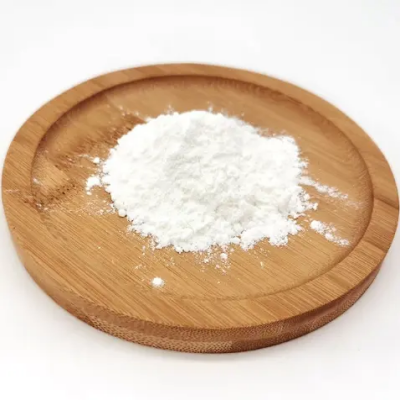
OMEPRAZOLE CAS:73590-58-6
OMEPRAZOLE is a proton pump inhibitor (PPI) used to reduce the amount of acid produced in the stomach. It is commonly prescribed for the treatment of conditions such as gastroesophageal reflux disease (GERD), ulcers, and Zollinger-Ellison syndrome. OMEPRAZOLE works by blocking the enzyme in the wall of the stomach that produces acid, thus decreasing the amount of acid produced.
-
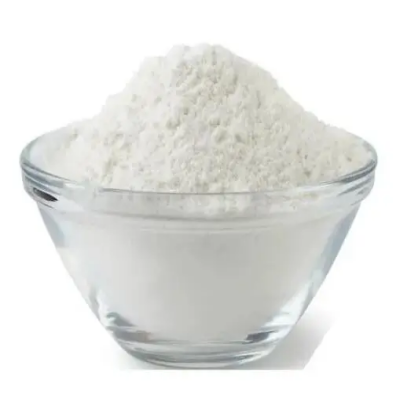
Phenyl(2-piperidinyl)aceticacid CAS:19395-41-6
Phenyl(2-piperidinyl)aceticacid, also known as phenylpiperidinylacetic acid or PPAA, is a chemical compound with the molecular formula C13H17NO2. It is a white to off-white crystalline powder that is sparingly soluble in water. This compound is often used in pharmaceutical research and drug development due to its potential pharmacological properties.
-
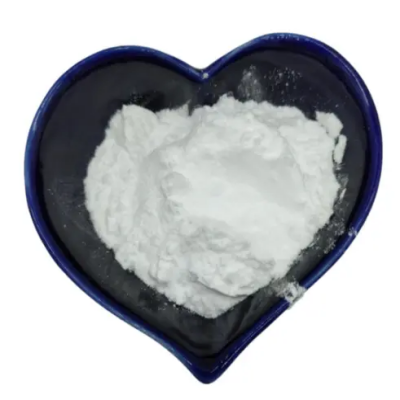
Methylindole-3-carboxylate CAS:942-24-5
Methylindole-3-carboxylate is a chemical compound with the molecular formula C11H9NO2. It belongs to the indole family and is characterized by its methyl ester functional group. This compound is studied for its unique properties and potential applications in organic synthesis, pharmaceutical research, and material science.
-
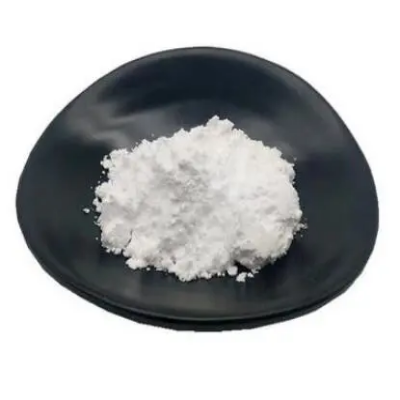
D(+)-2-Amino-1-butanol CAS:5856-62-2
D(+)-2-Amino-1-butanol is a chemical compound with the molecular formula C4H11NO. It is an amino alcohol that is optically active and is studied for its unique properties and potential applications in organic synthesis, pharmaceutical research, and material science.
-
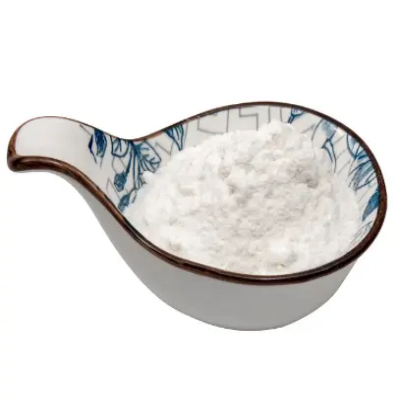
7-Methylindole CAS:933-67-5
7-Methylindole is a significant chemical compound widely utilized in various industries. Its unique molecular structure and properties make it valuable for diverse applications, particularly in pharmaceutical and organic synthesis.
-
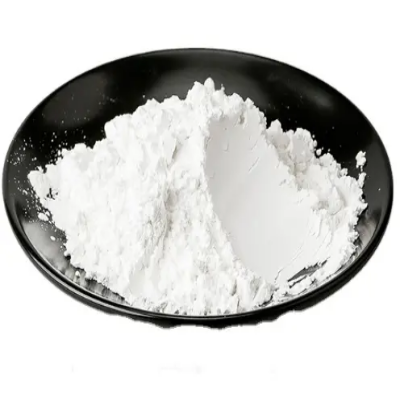
5-Metlylindole CAS:614-96-0
5-Methylindole, also known as skatole, is a chemical compound with the molecular formula C9H9N. It is a derivative of indole and can be found in various natural sources including animal feces, flowers, and coal tar. 5-Methylindole has a distinct, unpleasant odor and is often used in the production of fragrances and pharmaceuticals. Additionally, it has been studied for its potential biological activities and industrial applications.
-
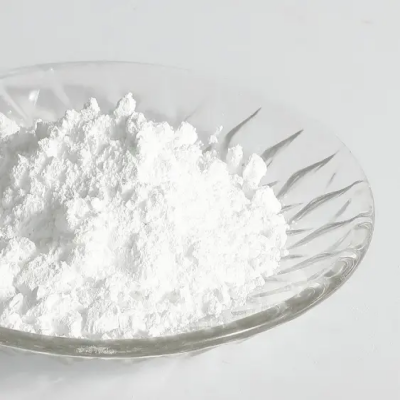
Indole-3-carboxaldehyde CAS:487-89-8
Indole-3-carboxaldehyde is a chemical compound with the molecular formula C9H7NO. It is a derivative of indole and is characterized by its carboxaldehyde functional group. This compound is studied for its unique properties and potential applications in organic synthesis, pharmaceutical research, and material science.
-
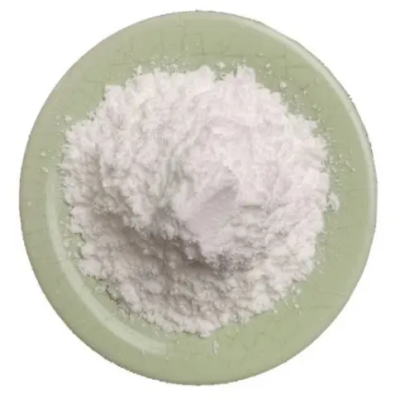
indolepropionicacid CAS:830-96-6
Indolepropionic acid (IPA) is a microbial metabolite and a derivative of indole. It is produced in the gastrointestinal tract by certain bacteria and has garnered interest for its potential health-related properties, including its role as a dietary supplement and its impact on gut microbiota.
-
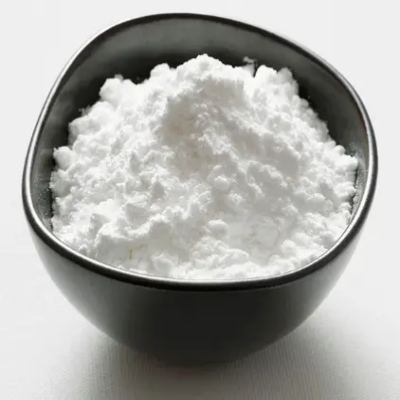
Indole-3-butyricacid CAS:133-32-4
Indole-3-butyric acid (IBA) is a plant hormone and auxin, belonging to the indole family. It plays a vital role in promoting root development and initiating adventitious root formation in plants. IBA is widely utilized in horticulture, agriculture, and tissue culture for its rooting properties and has become an essential tool in propagating plants from cuttings.
-
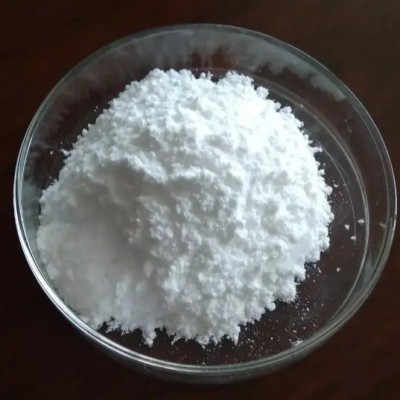
L-Phenylglycinol CAS:3182-95-4
L-Phenylglycinol, also known as (S)-2-Amino-1-hydroxy-1-phenylethanol, is a chemical compound with the molecular formula C8H11NO2. It is a white to off-white crystalline powder and has a faint amine-like odor. L-Phenylglycinol is commonly used as a chiral building block in organic synthesis and pharmaceutical research due to its ability to act as a resolving agent for racemic mixtures.
-
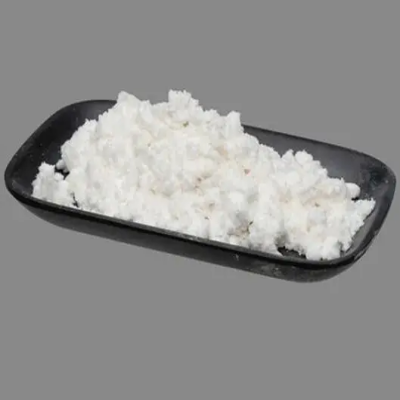
Indole-3-carbinol CAS:700-06-1
Indole-3-carbinol is a compound with the molecular formula C9H9NO. It is derived from cruciferous vegetables and has been studied for its potential health benefits, particularly in relation to hormone metabolism and potential anticancer properties.
-

5-Fluoroindole CAS:399-52-0
5-Fluoroindole is a chemical compound with the molecular formula C8H6FN. It is an indole derivative featuring a fluorine atom and is studied for its unique properties and potential applications in organic synthesis, pharmaceutical research, and material science.

